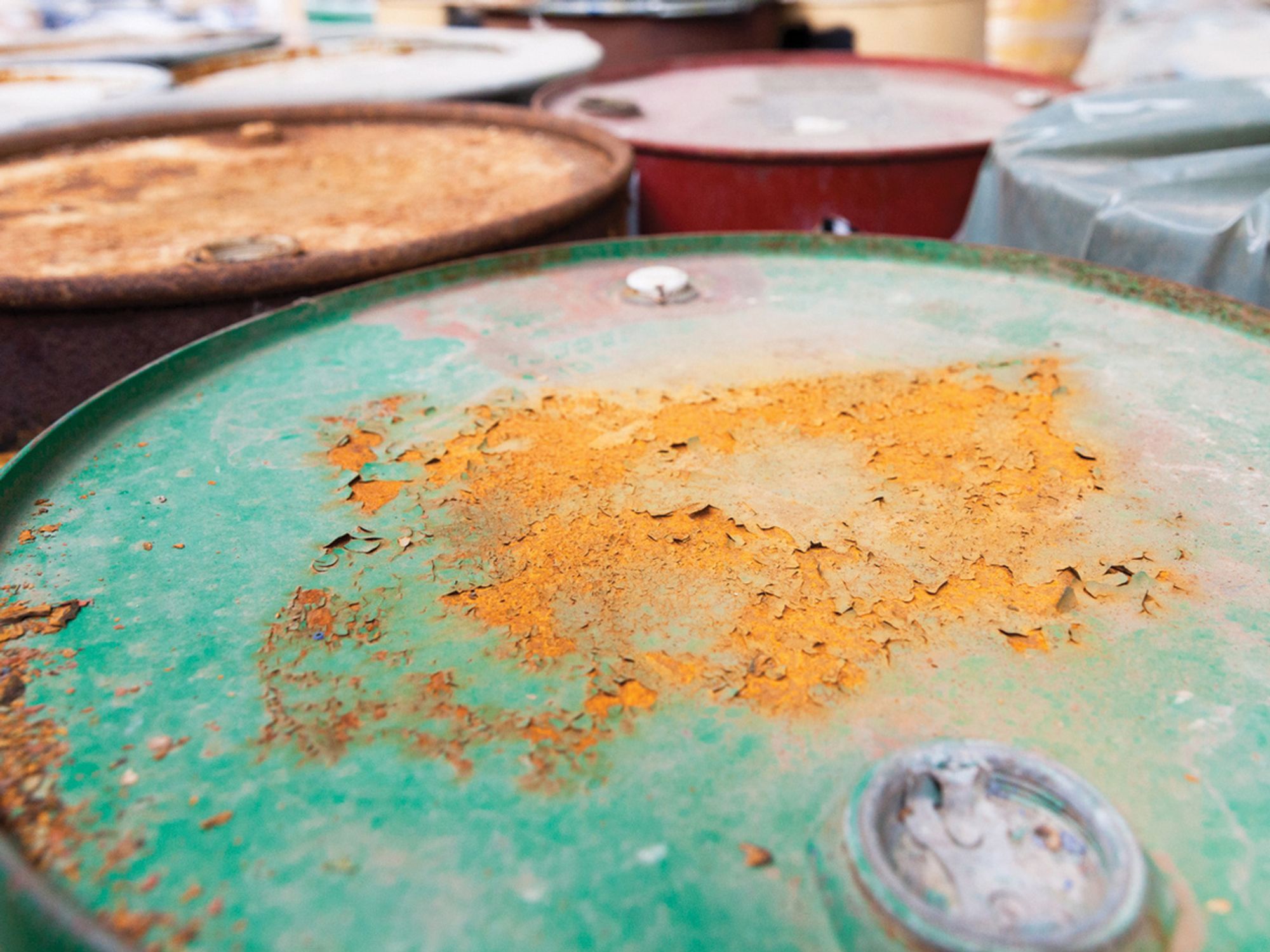1970s Love Canal

- In the 1970s, Love Canal was a major environmental disaster where large amounts of abandoned, buried hazardous waste caused extensive contamination of an area in New York.
The most controversial hazardous waste site was Love Canal in Niagara Falls, New York. Large amounts of abandoned, buried hazardous waste caused extensive contamination of the area, declaration of the area as a disaster by the federal government, and eventual relocation of most area residents. While the disaster came to a head in the 1970s, its history started much earlier.
In the late 1800s and early 1900s, a man named William T. Love owned some land in New York along the eastern edge of Niagara Falls. Love had a vision of creating a dream community. He was given permission by the New York Governor to dig a canal between the upper and lower Niagara Rivers to generate power for his dream city. Love began digging the canal in 1894, but an economic depression and the discovery that electricity could be transmitted long distance using alternating current put an end to his dream. In 1910 his land was sold at a public auction.
By the 1920s the city of Niagara Falls and several chemical companies started using the partially dug canal as a disposal site until 1953 when the site was covered with soil and sold to the city for one dollar. By the late 1950s homes and a school were being built right next to the Love Canal landfill.
However, in the 1970s city residents started noticing chemical odors in their basements after a period of heavy rains. That was just the beginning of the leaching. Soon after, waste drums broke through the ground in backyards, vegetation died, and there were pools of hazardous substances collected in yards, basements, and on school grounds.
The residents noticed ill effects from the chemicals seeping all around them including children with chemical burns on their skin from playing outside, birth defects, nervous disorders, and high white-blood-cell counts.
This was a major environmental disaster, which came to be called “Love Canal.” The state of New York bought the homes that were affected and moved families out of the area, and President Carter approved emergency funds for financial aid.
Efforts to analyze the chemicals present showed there were over 80 different chemicals onsite. Air samples proved there were toxic vapors that posed a serious health threat. The most prevalent chemical, which was found in high concentrations, was benzene, a known carcinogen.
